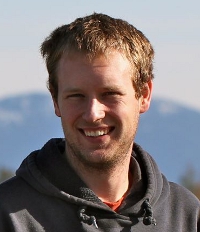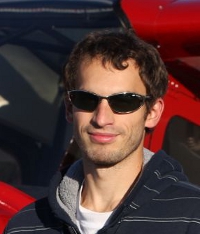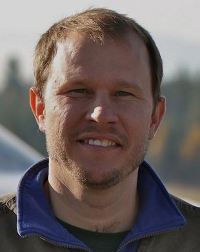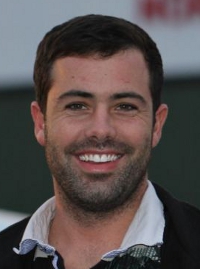Blue skies giving way to fall's end
|
|
November 3, 2013 |
 |
By Ashley Glaza
Northern Air |
 |
|
Phillip
Negaard |
Blissfully blue skies have graced us this month
and the fall colors are more spectacular than
ever. Even though the valley may seem hazy, the
sky is crystal clear just a thousand feet up,
but it won’t last long because November has
rolled in.
Phillip Negaard is a new instrument rated pilot
as of October 24. Phillip and his wife Jennifer
moved to Bonners Ferry earlier this summer so
that Phillip could train with Northern Air.
His goal is to become a missionary pilot, so his
first step was to earn his instrument rating
and, after he returns from an introductory
missionary trip to Mexico, he plans on starting
his commercial pilot training.
 |
|
Dominic Bovey |
Dominic Bovey of Sandpoint earned his tailwheel
endorsement on October 29 after having to
postpone his training for a week of fog, but he
caught on quickly and was doing perfect solo
landings in the Citabria after only a few hours.
Dominic learned to fly with Northern Air in
2011, and then went on to earn his instrument
rating in 2012.
Northern Air is currently giving twin engine
training. On October 30, Northern Air’s Chief
Flight Instructor, Nathaniel Cheshire, earned
his twin engine rating in a Piper Seneca.
With several students interested in earning
their twin rating, Northern Air leased a Piper
Seneca, an asymmetrical twin engine airplane,
for the month of October.
 |
|
Nathaniel
Cheshire |
Northern Air currently owns two twin engine
Cessna Skymasters, but the engines on those
planes are configured in line (one on the nose
pulls while the one on the tail pushes) and to
earn a twin rating without any restrictions,
training must be done in an asymmetrical twin.
Asymmetrical twin engine planes have one engine
on each side of the fuselage, and training is
more involved because the location of the
engines can create a significant challenge to
aircraft control in the event of an engine
failure.
When two engines are running at the same time
they produce the same amount of thrust to keep
the airplane going in a straight line, but a
loss of one engine and its portion of the thrust
can create a large amount of torque on the
airplane.
An in-line twin has all the thrust from the two
engines directed down the center of the fuselage
and does not have the same control issues in the
event of an engine failure.
To be certified to fly both types of twin engine
planes, the pilot must train in an asymmetrical
twin and become proficient at flying safely
under simulated engine failures.
 |
|
Jeremy
Belford-Cave |
Jeremy Belford-Cave, a returning student from
Australia, is back from Down Under to earn his
commercial rating along with his twin rating in
the Piper Seneca which he successfully completed
on October 30.
Jeremy has been focused on this goal for the
past three years and has completed his private,
instrument and tailwheel ratings at Northern
Air.
He recently spent several weeks in Africa on a
Flying Safari where he rented a Cessna 182 and
flew his family around parts of Africa. Jeremy
has a commercial pilot job awaiting him in Paupa
New Guinea when he leaves here.
Congratulations to all these pilots on their new
ratings and endorsements.
The local EAA club is offering several Youth
Flight Training Scholarships to youth ages 16-18
in Boundary County.
If you know of anyone interested please have
them call 208 267 4359 or visit
http://www.757.eaachapter.org/scholarship.htm.
Application deadline is December 1, which is
only a month away! |
|
Questions or comments about this
article?
Click here to e-mail! |
|
|
|
|

